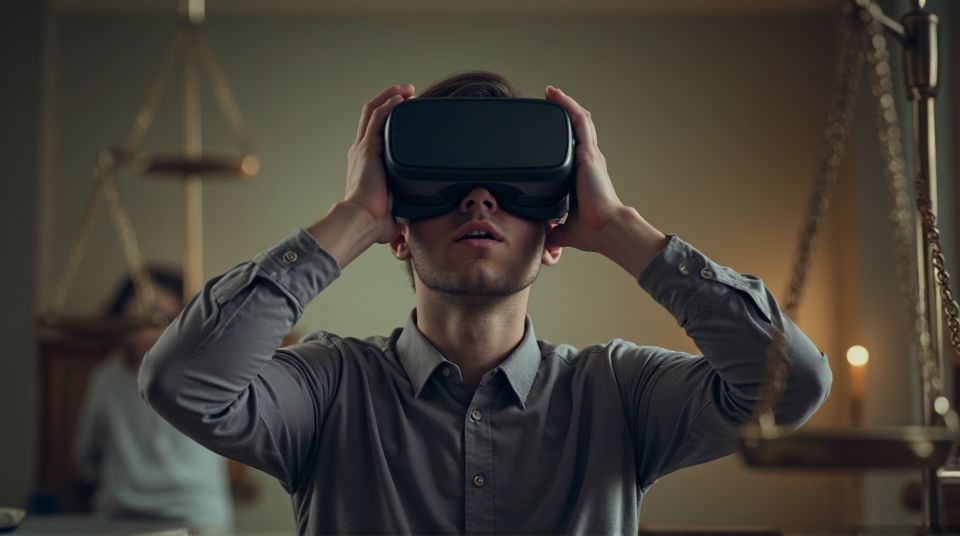Immersive technologies like augmented reality (AR) and virtual reality (VR) are revolutionizing gaming, education, and even retail shopping. But with innovation comes unexpected legal challenges. One growing issue is the rise of AR/VR content motion sickness lawsuits explained, as users file claims for injuries caused by nausea, vertigo, and disorientation.
For content creators, the risks are real. Virtual reality motion sickness personal injury claims have increased as more consumers spend extended time in immersive environments. While the technology is groundbreaking, legal risks of VR content causing user disorientation can’t be ignored. Users argue that companies failed to provide adequate warnings or safety measures, leaving them vulnerable to harm.
Retailers are also under scrutiny. With AR/VR being used in showrooms and demo stations, some businesses now face retail liability for VR motion sickness injuries. A single incident of a customer fainting or becoming disoriented can spark augmented reality nausea and vertigo lawsuit risks, damaging both finances and reputation.
A key question courts are beginning to address is: can you sue for motion sickness from VR games? The answer is increasingly yes, particularly if companies neglect to disclose risks or ignore safety standards. Several high-profile lawsuits against VR companies for health effects are setting precedents that could shape the industry’s future.
Manufacturers of headsets are also in the spotlight. AR/VR headset motion sickness legal protections often come in the form of disclaimers, but as users experience severe symptoms, those disclaimers may not be enough. Companies must show evidence of taking proactive steps to minimize harm.
The solution lies in prevention. Preventing motion sickness liability in AR/VR content requires developers to design with safety in mind—adjusting frame rates, providing frequent rest breaks, and issuing clear health warnings. By addressing user health risks and lawsuits in immersive tech early, creators and retailers can build trust and reduce exposure to costly litigation.
As AR/VR continues to evolve, so too will the legal landscape. Those who innovate responsibly will not only safeguard themselves against AR/VR content motion sickness lawsuits explained but also strengthen consumer confidence in immersive experiences.



